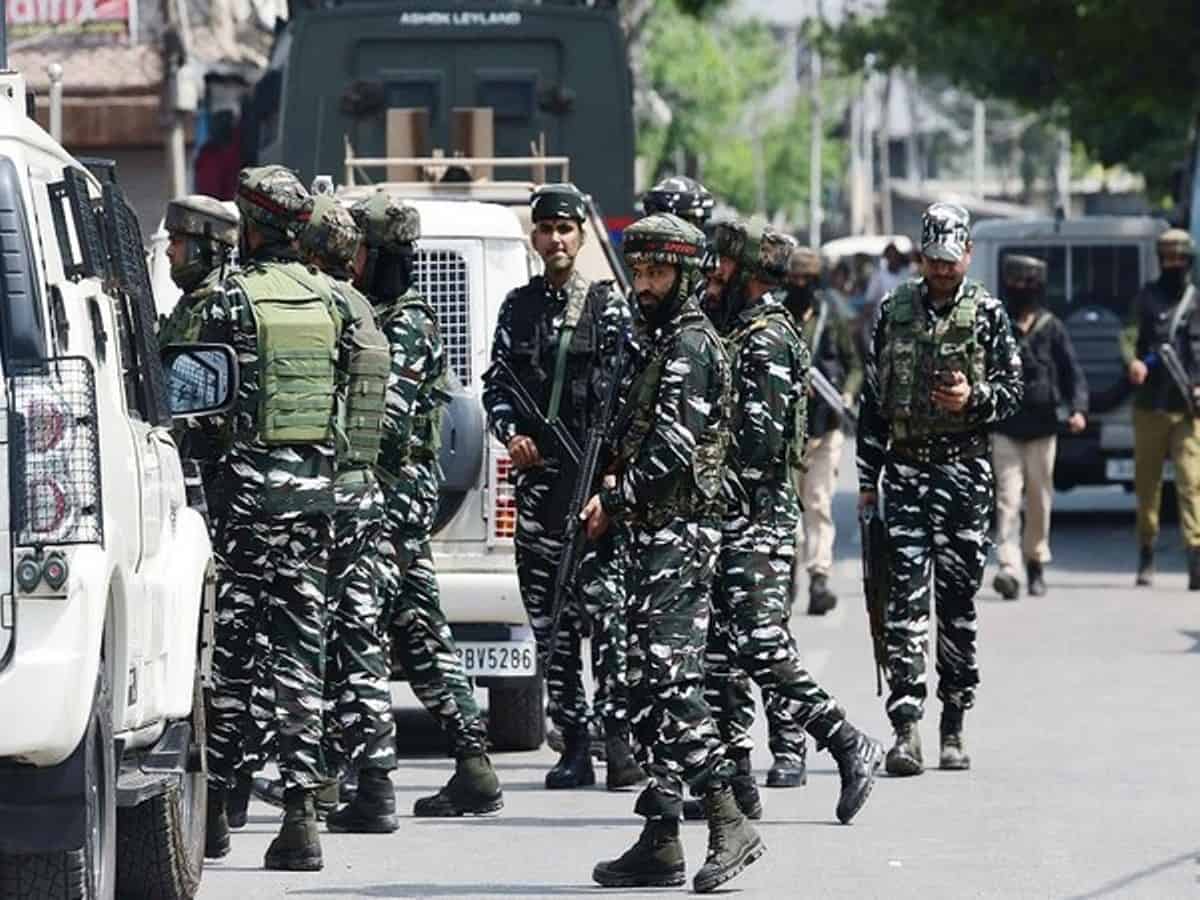
At this point in time when the narrative about Kashmir is that it is just inches away from complete peace and the dividends that are on the way to change the whole landscape and lives of the people, the biggest challenge is to preserve what all has been achieved.
The achievements are counted in comparison to the troubles that Kashmir experienced for the past over three decades, beginning with the late 1980s- a period which sums up everything bad and ugly, in which not only the peace of the Vale was shattered with guns and grenades, but also inflicted an irreparable loss on its social fabric and communal harmony. Kashmir continues to live with the blot of the migration of Kashmiri Hindus, better known as Pandits.
When tourists abandon one of the most beautiful tourist destinations in the world, that brings down curtains on everything positive of the place. That’s what happened to Kashmir – tourists who had started coming in hordes till 1988 developed cold feet in the subsequent years. The biggest fall came in 1990 when the numbers dipped to a few hundred. The decline in tourism is a loss of hope. It doesn’t hit the economy as much as it leads to other problems, the stakes in peace get lowered and the crowd mentality of fishing in an alternative economy of terrorism starts. That is only for a few, but they hold the levers and drive the narrative.
As 2023 draws to a close in three months’ time, tourists are seen everywhere in the Valley. This has created its own atmosphere of optimism as it has raised stakes in peace. That is the driving force behind the kind of normalcy witnessed and experienced by the people. They are partners in this for very technical reasons; they see revival of their day-to-day life as something of a reward that they had been waiting for years. Shops are open late into midnight, schools and colleges have drawn their academic schedule which stays uninterrupted – the stone throwing and shutdowns have become a thing of the past. This sums up all the achievements.
The question here is, whether this state of affairs is permanent. At best, it is transitory. This is the situation holding a promise of further progress and peace becoming a natural part of life not just because of a particular system and loud broadcasts of the narratives which often have a ring of exaggeration. There also is an inherent danger of things sliding back. There may not be a complete reversal, but even a minor slide will have its ripple effect. Kashmir is yet to overcome its vulnerabilities to the idea of resistance to something which it sees as an imposed phenomenon. It may not be the widely shared view of the majority of the people, but it is there nevertheless.
The challenge is to avert the threats to what all is there. It needs stabilization and consolidation, for that it is necessary that all the threats be eliminated before they show their ugly fangs and change the situation to dark days or close to it. Or, untoward incidents can halt the progress and that will leave a big gap between what has been achieved, and what all needs to be achieved in the long run. Though all journeys are transitory but, in the context of Kashmir, this transition is faced with so many challenges that if it is halted, it would be stagnation. This would mean tug of war between the forces working for the peace and those who see merit in not allowing it to succeed beyond a point.
Jammu and Kashmir Police Chief Dilbag Singh, who has seen Kashmir and the changing dynamics of the situation from one extreme to the other, is of the belief that the “militancy is down but not out.” His idea is that there is a residual militancy – the militants who have managed to survive all these years – some of them are veterans and others recent recruits. The larger problem, however, is that militancy exists in multiple forms- ( a) infiltration from across the border as Pakistan continues to push in armed infiltrators from its side of the LoC to this side, ( b) Pakistan is also engaged in dropping of drugs and ammunition through drones, which attracts the vulnerable youth to pick up the consignments and use it to keep the cycle of violence going ( c) there is a cyber infiltration into the minds of the people, the impressionable youth tend to trust all what they are shown and told. ( d) the political narrative that the normalcy is outcome of the intense actions by security forces against all sorts of trouble makers, some of whom have been jailed and others under surveillance of law enforcing agencies, and so on. The police, which has its own network has been able to identify the problem, diagnose the same. But it takes time to do the things. It has to maintain a balance between its anti-terror operations and at the same time ensure that there is no collateral damage – the definition of collateral damage has changed, it is now that the psyche of the people should not be hurt , and they should see action against terrorists and their sympathizers and facilitators as genuine and legitimate. That is what the police are doing and continue to walk on that path. But the challenges are high. When Dilbag Singh said that “ J&K would be terror-free soon “, his aim is not just bringing down the number of militants to zero but to erase the philosophy of terrorism with the help of the public.
This is where the real task of stabilizing the normalcy lies.
